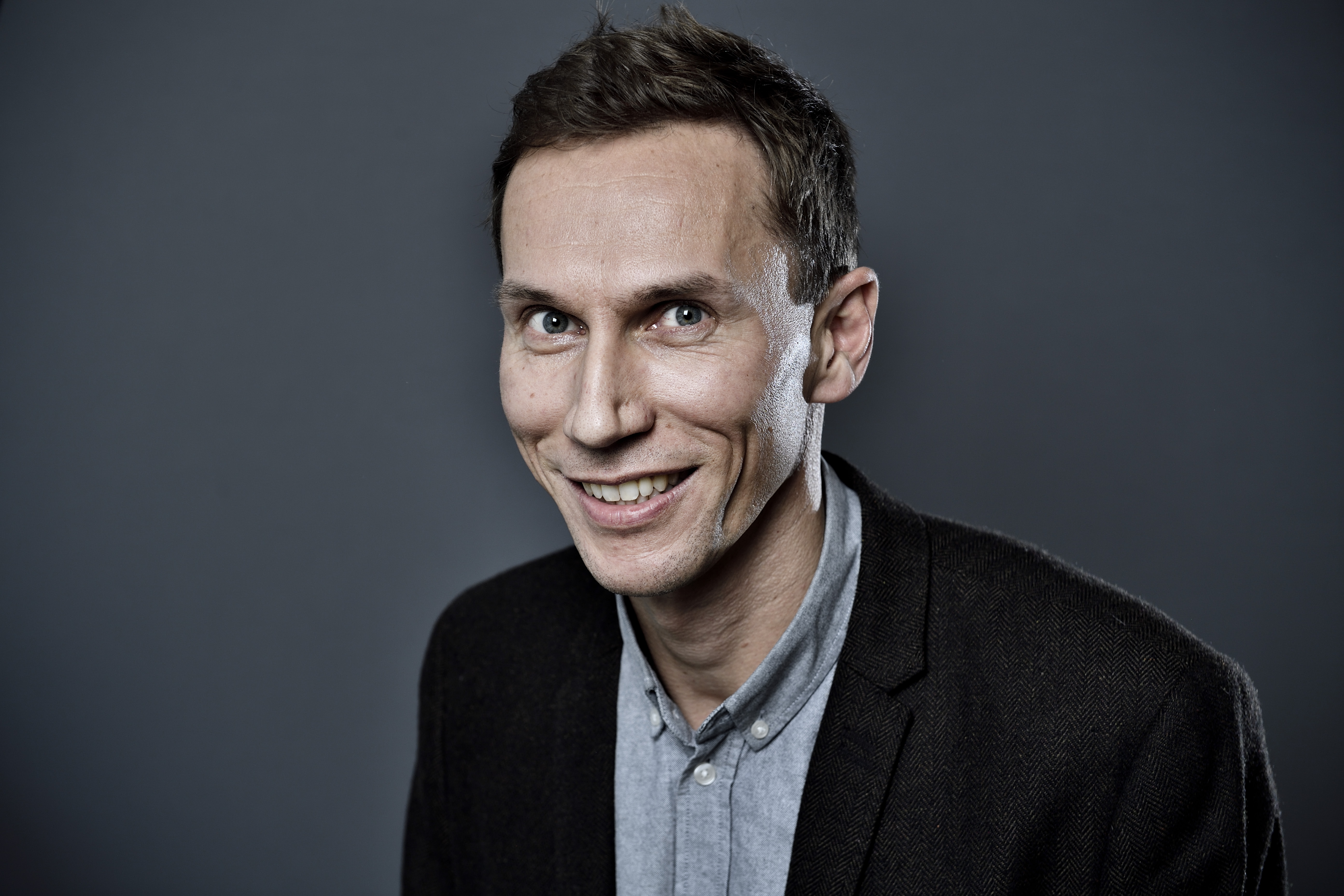Ole Schmeltz Søgaard
Forskningsleder

Projekttitel
Single-cell interrogation of HIV reservoir establishment and immunomodulatory treatment response
Hvad handler dit projekt om?
My project is about HIV and how to find a cure for the infection. HIV persists as a latent infection despite antiretroviral treatment and therefore, people with living HIV infection need to take antiretroviral treatment every day for the rest of their lives to prevent the disease from progressing to AIDS. To cure HIV, we need to effectively target and kill the latent virus reservoir. This project aims to characterize the differences between an HIV infected and an HIV un-infected cell. To achieve this goal, we will use a flow-cytometer to sort single cells from patients starting antiretroviral treatment based on whether the cells express HIV elements. Next, using molecular techniques, we will analyze protein and mRNA expression in the individual cells. This new information can be used to developing new therapies for an HIV cure.
Hvordan opstod din interesse for dit forskningsfelt?
I became interested in this particular field of research when I worked with experimental immune modulating drugs during my PhD. I discovered that small synthethic compounds which are very similar DNA from bacteria and virus could change the way the human immune system react to vaccination and infection. So, I decided to use this knowledge to design early phase clinical trials aiming to target the latent HIV reservoir and at the same time, study how the immune system reacted to HIV during and after the participants received the specific experimental medicine.
Hvad er de forskningsmæssige udfordringer og perspektiver ved dit projekt?
Finding a cure for HIV infection is arguably the biggest challenge in modern infectious disease research. While huge investments and scientific efforts have been directed towards tackling the challenge, the path to an HIV cure remains elusive. This proposal is based on a completely novel concept. Rather than targeting HIV latency after patients have been on cART for years and their HIV-specific immunity has weakened, we propose that it is far more effective to prevent HIV latency from being established. Two million individuals start life-long cART every year, and for them and the society in general, this project has major implications for the future development of a safe, accessible and scalable cure against HIV.
Hvilke perspektiver vurderer du selv, at din forskning på sigt kan have for det omgivende samfund?
Understanding how the cell is regulated as well as the determinants of HIV persistence is critical to developing HIV curative strategies. Taking advantage of cutting-edge technologies and our unique biobanked samples, we will identify cellular regulome and virological components that shape the integrated proviral landscape and contribute to HIV persistence following antiretroviral treatment initiation. By identifying these key components, we anticipate to define novel molecular structures on the infected cells that can be targeted in future HIV cure strategies.
Hvad vil det betyde for din forskerkarriere, at du indgår i Sapere Aude-programmet?
I expect that the Sapere Aude programme will boost my career as a researcher by allowing me to focus on the basic scientific questions that can move the field of HIV research forward and closer to a cure. I can establish a strong independent research group focused on translational and basic science discoveries in HIV virology and immunology. Importantly, the Sapere Aude programme will also help me strengthen my international collaborations and enhance research exchange between my lab and leading institutions around the world.
Se alle forskningsledere her
- DFF-Forskningsledere 2024
- DFF-Forskningsledere 2023
- DFF-Forskningsledere 2022
- DFF-Forskningsledere 2021
- DFF-Forskningsledere 2020
- DFF-Forskningsledere 2019
- DFF-Forskningsledere 2018
- DFF-Forskningsledere 2017
- DFF-Forskningsledere 2016
- DFF-Forskningsledere 2015
- DFF-Forskningsledere 2014
- DFF-Forskningsledere 2013
- DFF-Forskningsledere 2012
- DFF-Forskningsledere 2011
Forskningsinstitution
Aarhus Universitetshospital
Fagområde
HIV, immunology
Bopælskommune
Aarhus
Gymnasium
Viborg Katedralskole
